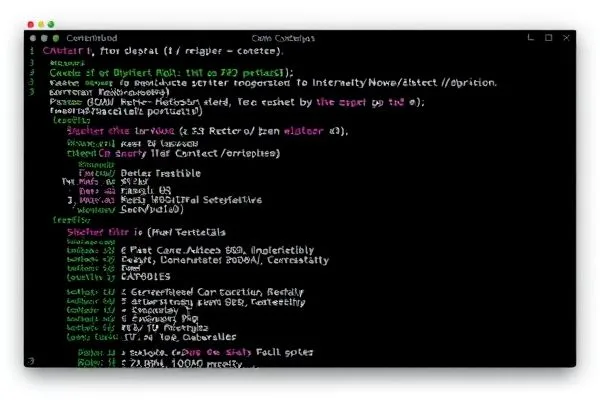Recent reports have unveiled a sophisticated cyber espionage campaign orchestrated by a group known as UNC3886, targeting end-of-life MX routers from Juniper Networks. This development emphasizes the vulnerabilities associated with aging network infrastructure and the critical need for robust security measures.
Takeaways:
- The UNC3886 group exploits vulnerabilities in aging Juno routers to establish persistent backdoor access.
- Custom backdoors and rootkits are employed to evade detection and manipulate device integrity.
- Organizations must prioritize firmware updates and implement comprehensive security protocols to safeguard their networks.
Understanding the methods and motivations behind these cyberattacks is essential for organizations aiming to protect their networks. This article delves into the tactics employed by UNC3886 and the implications for network security.
Understanding the Threat Landscape
The UNC3886 group has been active since at least September 2022, showcasing a remarkable capability to exploit various zero-day vulnerabilities, previously targeting devices from Fortinet, Ivanti, and VMware. Their recent focus on Juniper Networks’ routers indicates a strategic shift toward internal network infrastructure. Mandiant’s analysis reveals that the group employs a layered approach, utilizing a combination of advanced backdoors and rootkits that facilitate clandestine operations.
The group’s arsenal includes TinyShell-based backdoors, each endowed with distinct functionalities such as file upload/download capabilities and configuration modifications. This granularity allows them to tailor their access to specific goals, effectively navigating traditional security measures.
Mitigation Strategies for Organizations
In light of these threat vectors, organizations must take proactive steps to enhance their security posture. Maintaining up-to-date firmware is pivotal; Juniper Networks has recommended that users upgrade their devices to the latest releases, which incorporate security mitigations and updates to the Juniper Malware Removal Tool (JMRT).
Beyond simple updates, firms should adopt a holistic cybersecurity framework that includes the following:
- Regular Vulnerability Assessments: Conduct routine assessments of network devices to identify potential weaknesses.
- Advanced Threat Detection: Implement solutions capable of monitoring and detecting unusual behavior indicative of compromise.
- Incident Response Plans: Establish a well-defined incident response strategy to quickly address potential breaches.
By fostering a security-first culture and leveraging cutting-edge cybersecurity tools, organizations can significantly mitigate the risks associated with targeted cyber threats.
In conclusion, the targeting of Juniper Networks devices by sophisticated cyber adversaries underscores the imperative for organizations to remain vigilant in their cybersecurity efforts. By understanding these sophisticated attack methods and reinforcing their defenses, organizations can enhance resilience against such enduring threats.









